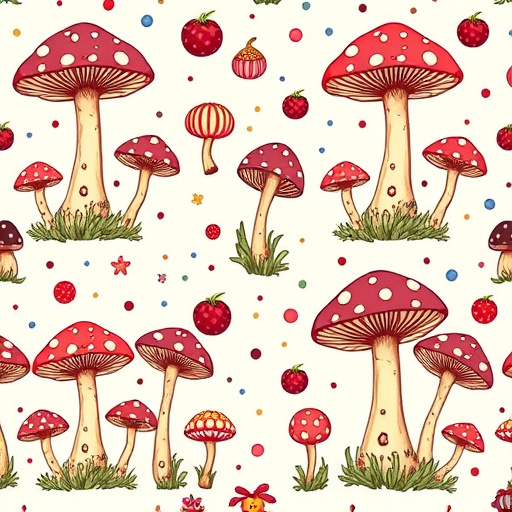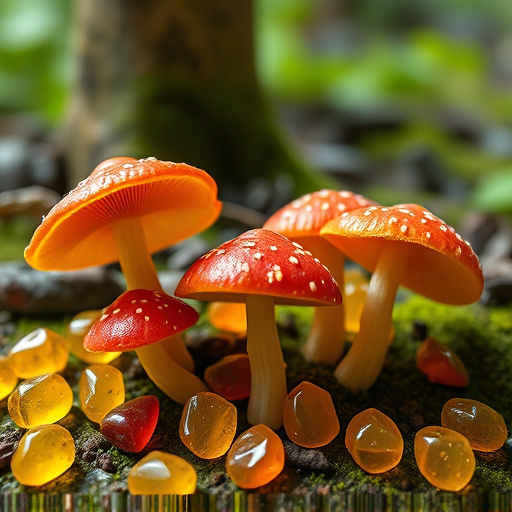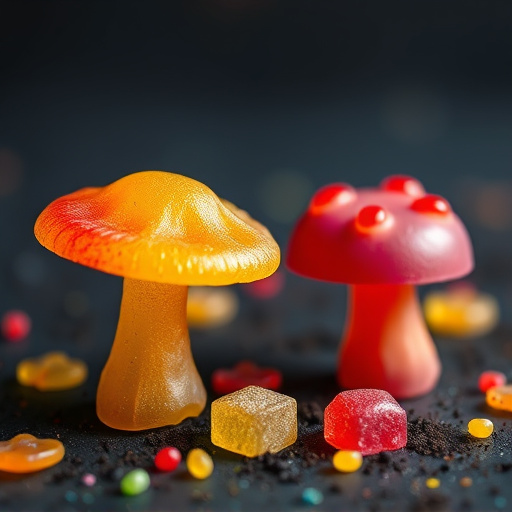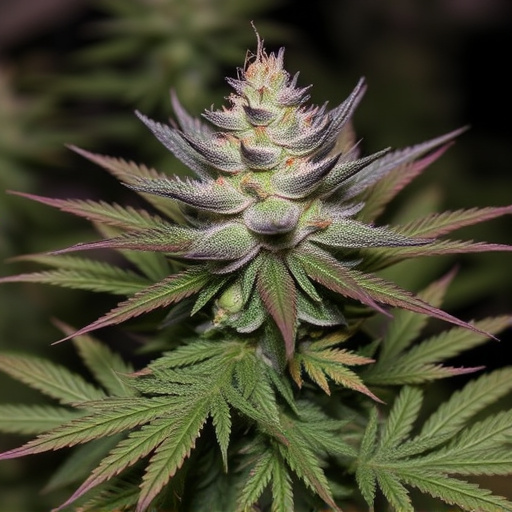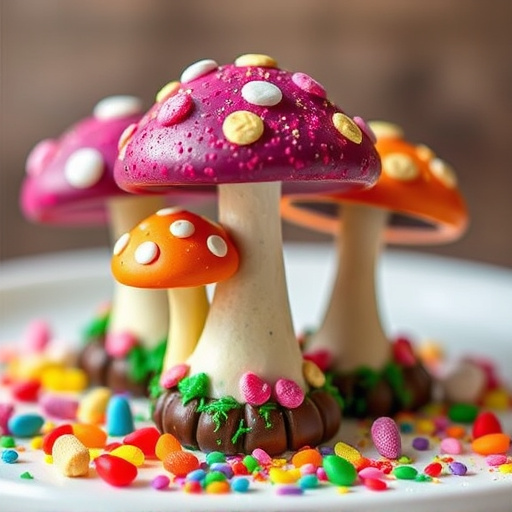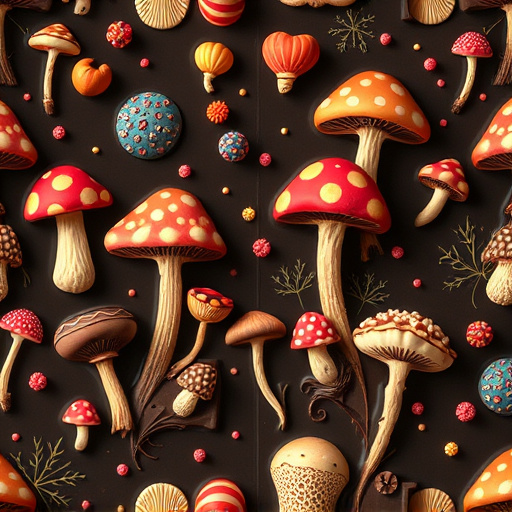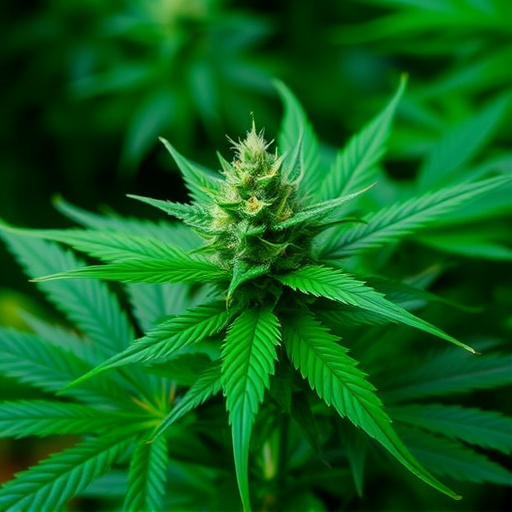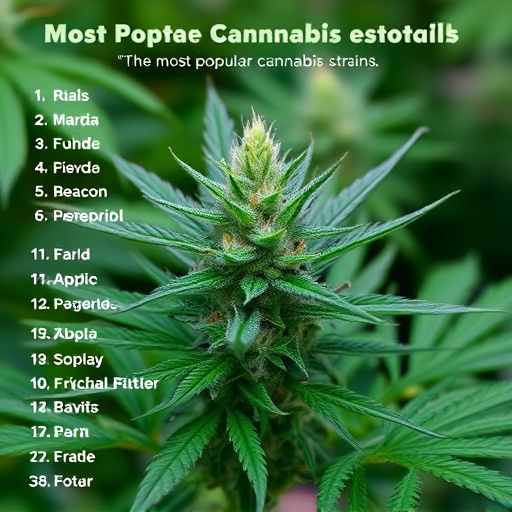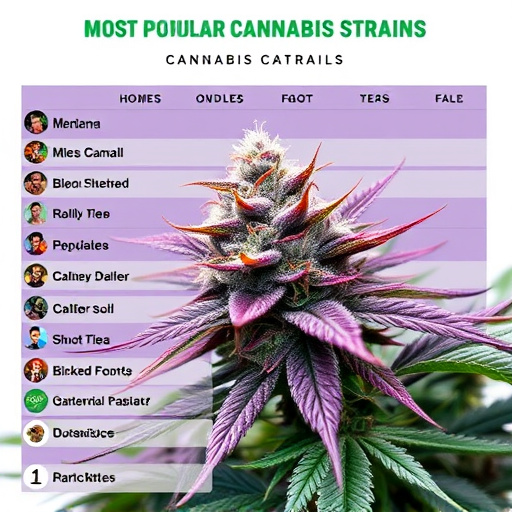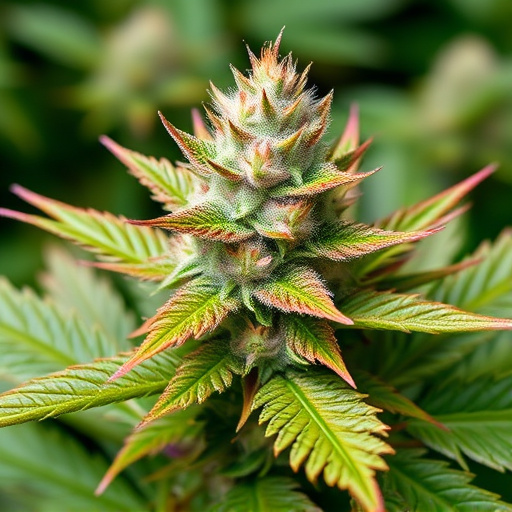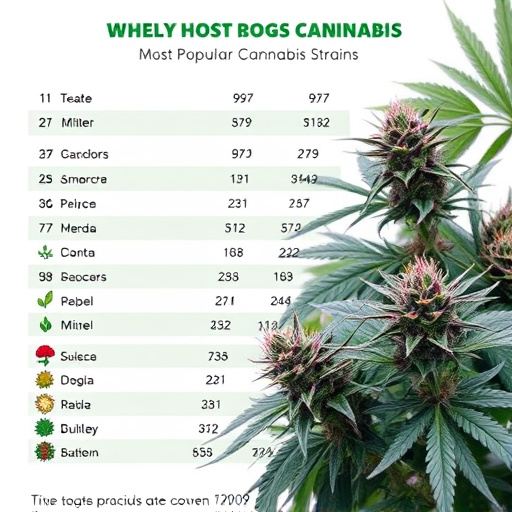Trichomes, tiny sticky glands on cannabis flowers, are vital for the plant's potency and desirable traits in the most popular cannabis strains. They produce essential compounds like THC, CBD, terpenes, and flavonoids, shaping aroma, flavor, and effects. As flowers mature, trichome color changes indicate peak potential, with density and size varying between strains, making them a sought-after feature for top-tier cannabis. High trichome counts often correlate with potent strains, while lower or less distinct trichomes indicate milder varieties. Growers monitor trichome development to maintain consistent quality in renowned cannabis strains.
“Unveiling the mysteries of trichomes, nature’s intricate additions to the cannabis flower, offers a deeper understanding of this renowned plant. These tiny hair-like structures play a pivotal role in shaping the very essence of cannabis, from its development to the diverse characteristics of popular strains. This article explores trichomes’ significance, delving into their impact on the plant’s growth and the unique traits they impart to the most popular cannabis strains, providing insight for both enthusiasts and curious minds.”
- What Are Trichomes?
- The Role of Trichomes in Cannabis Flower Development
- How Trichome Count and Appearance Impact Popular Cannabis Strains
What Are Trichomes?
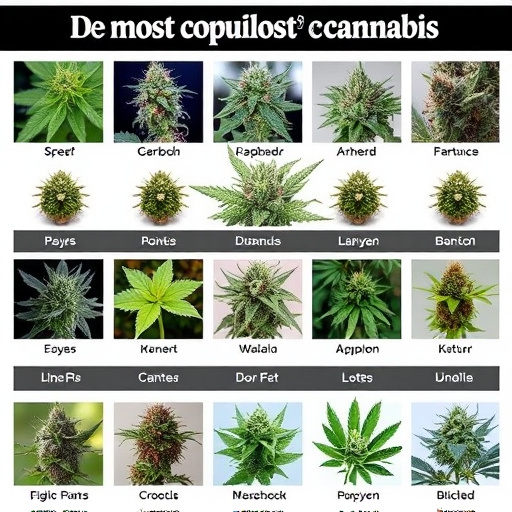
Trichomes are tiny, sticky glands that cover the surface of cannabis flowers, often referred to as the plant’s “hairs.” They play a crucial role in the development and potency of cannabis. These unique structures produce and secrete various compounds, including cannabinoids like THC and CBD, terpenes, and flavonoids.
In popular cannabis strains, trichomes are highly sought after for their impact on the final product’s aroma, flavor, and effects. As the flowers age, trichomes turn amber or cloudy, signaling their maturity and potential increased potency. The density and size of trichomes vary between strains, with some known for having more abundant trichomes, contributing to their reputation as top-tier, high-quality cannabis among enthusiasts.
The Role of Trichomes in Cannabis Flower Development
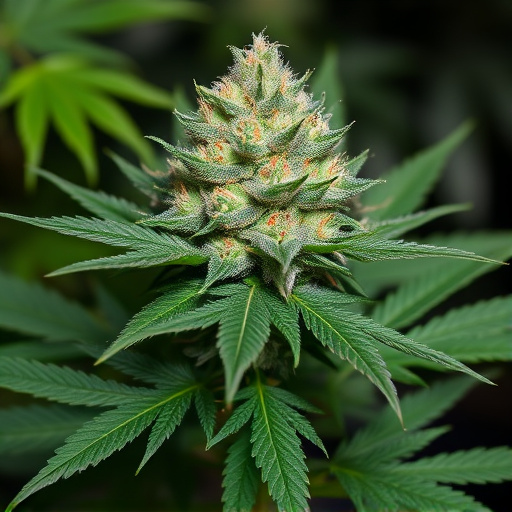
Trichomes play a pivotal role in the development and distinctive features of cannabis flowers, often sought after by enthusiasts of the most popular cannabis strains. These small, hair-like structures emerge from the surface of cannabis plants, covering the buds and leaves. Trichomes secrete a wide range of compounds, including cannabinoids and terpenes, which contribute to the plant’s unique aroma, flavor, and pharmacological effects.
As cannabis flowers develop, trichomes begin to form and mature, typically starting as small glandular structures and growing into bulbous or cap-shaped trichromes. Their growth is influenced by various factors such as genetic makeup, environmental conditions, and nutrition. The concentration and composition of compounds within the trichomes directly impact the potency and desirable traits of cannabis strains. Thus, understanding trichome development is essential for cultivators aiming to produce high-quality flowers that meet the preferences of cannabis enthusiasts.
How Trichome Count and Appearance Impact Popular Cannabis Strains
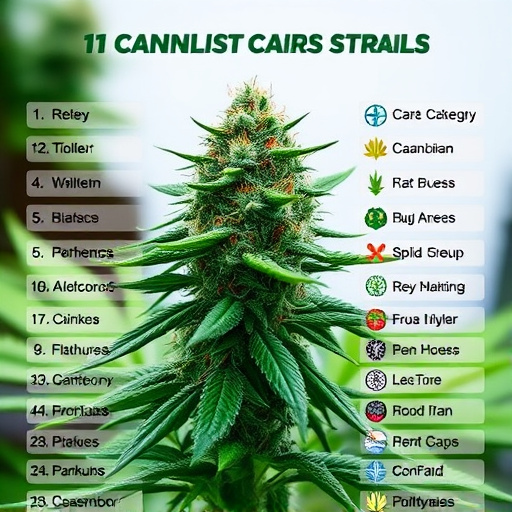
The appearance and count of trichomes on a cannabis flower are key indicators of its quality and potency, significantly influencing the development of popular cannabis strains. Trichomes, small glandular hairs, produce and concentrate cannabinoids like THC and CBD. Their abundance and clarity can vary by strain, affecting the desired effects and experiences users seek. For instance, high trichome counts often correlate with potent strains, while lower or less distinct trichomes may indicate milder varieties.
Breeders carefully monitor trichome development during flowering to ensure consistent quality across their most popular cannabis strains. Clear, shiny trichomes suggest maturity and higher cannabinoid concentration, making them a sought-after feature in premium strains. Conversely, milky or cloudy trichomes might signal over-maturity, impacting taste and effects. This focus on trichome characteristics ensures that renowned cannabis strains maintain their reputation for delivering the desired sensory experiences and therapeutic benefits to consumers.
Trichomes play a pivotal role in shaping the unique characteristics of cannabis flowers, influencing everything from flavor and aroma to potency. By understanding these microscopic structures and their impact on various cannabis strains, including the most popular cannabis strains, cultivators can better navigate the art of breeding and production. The intricate relationship between trichome count, appearance, and strain development opens doors to refining cannabis experiences, ensuring that both producers and consumers can appreciate the full potential of this remarkable plant.
